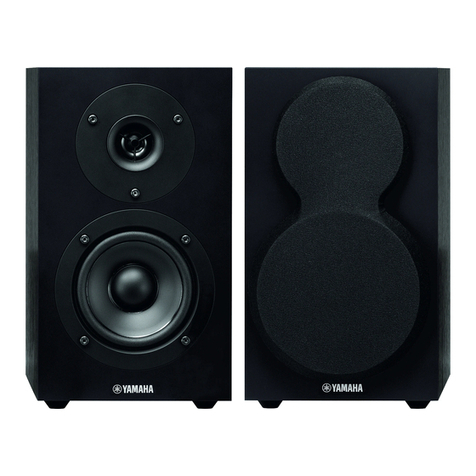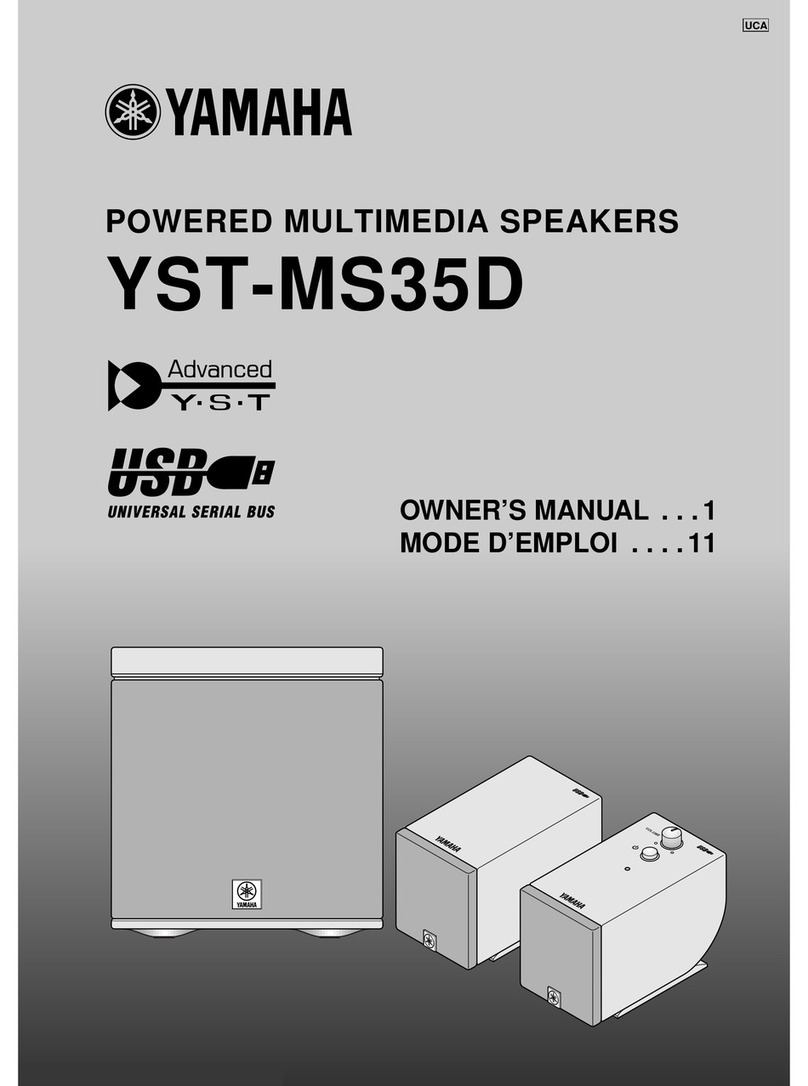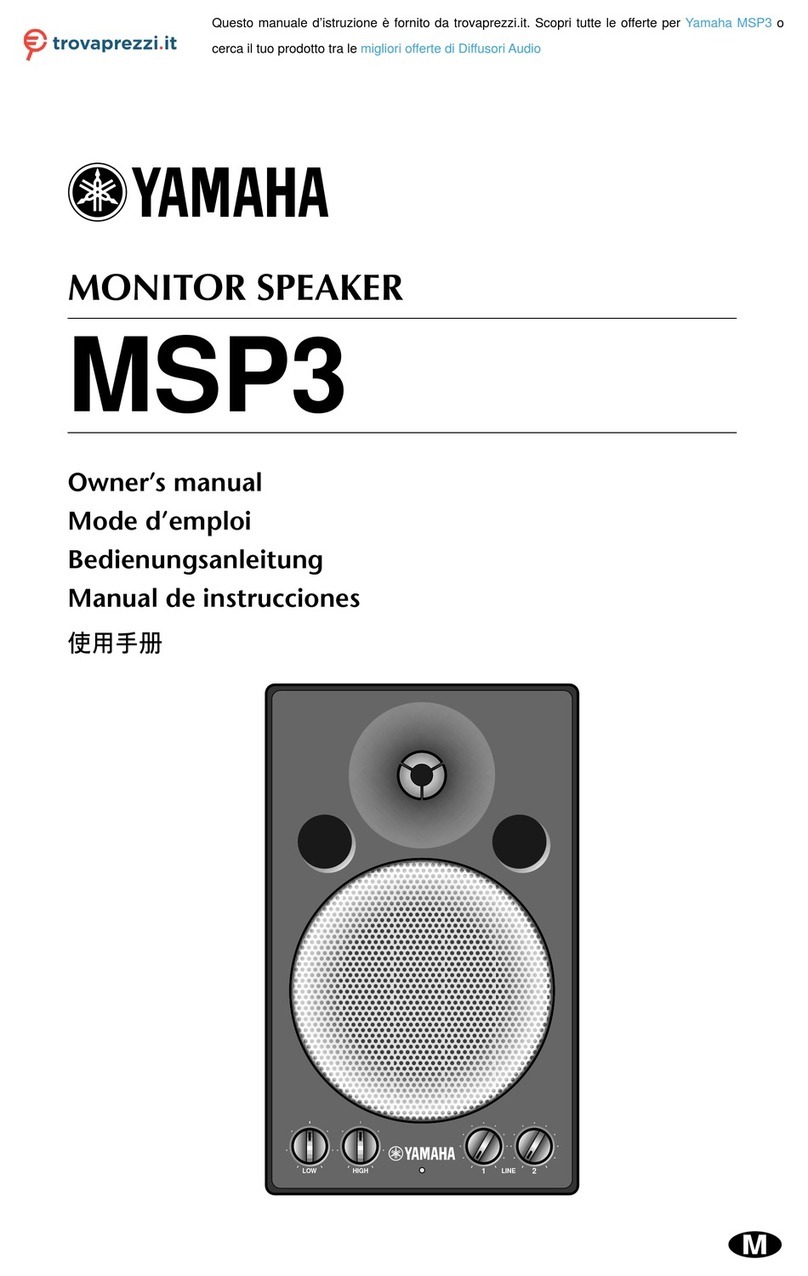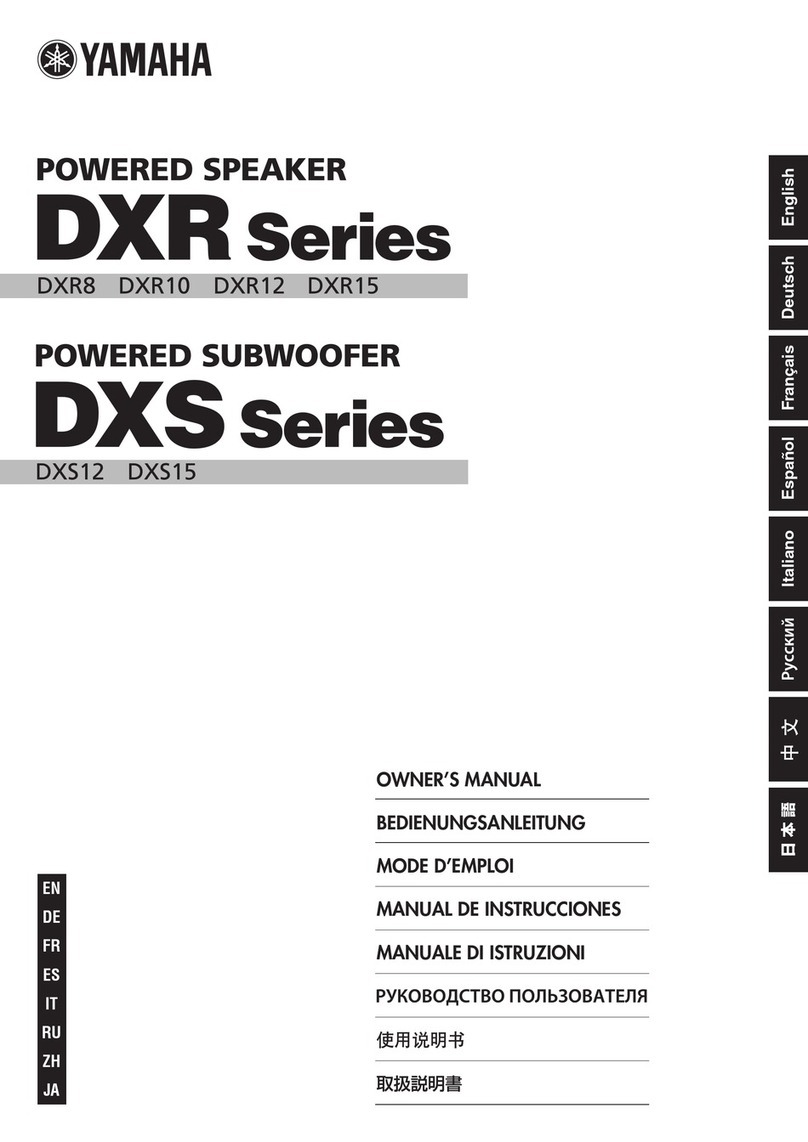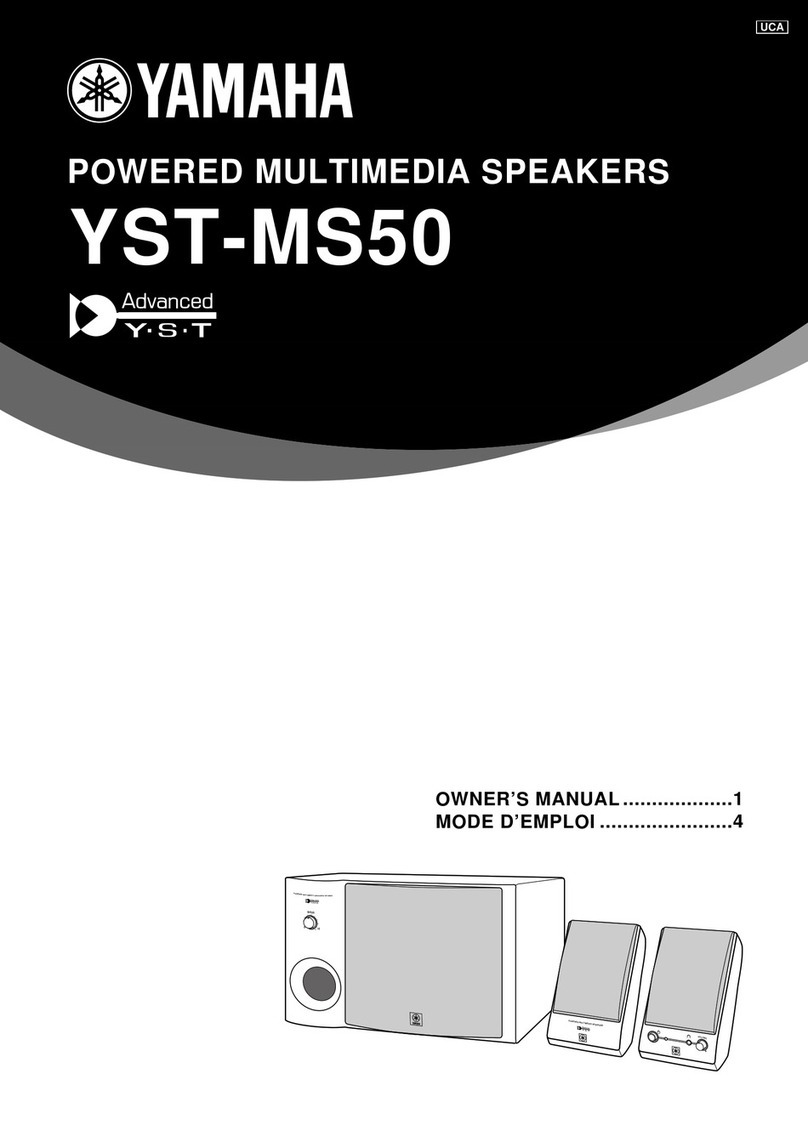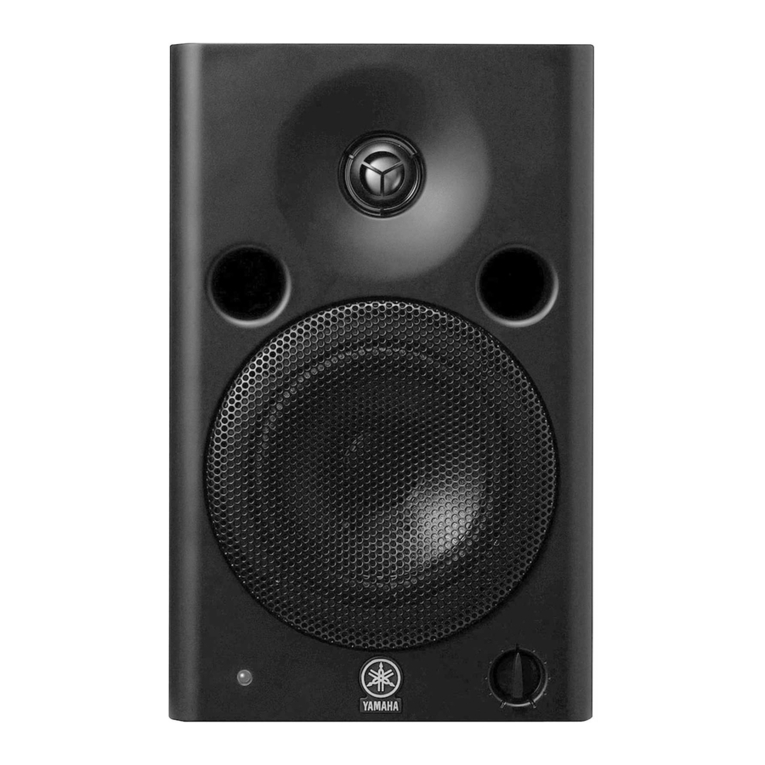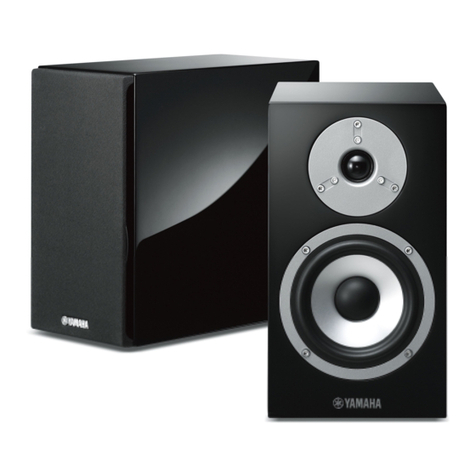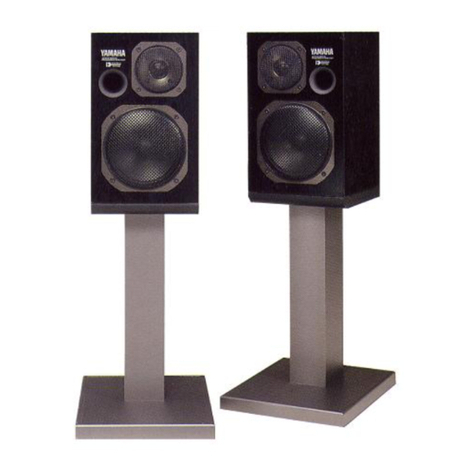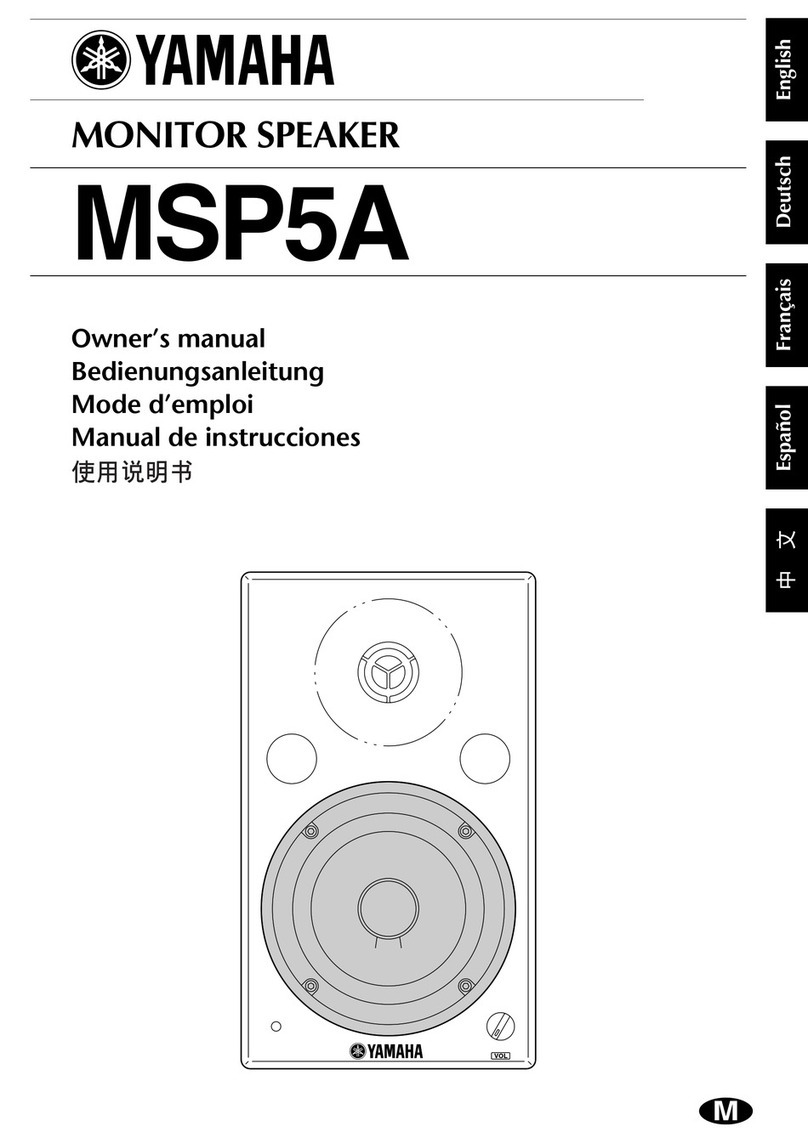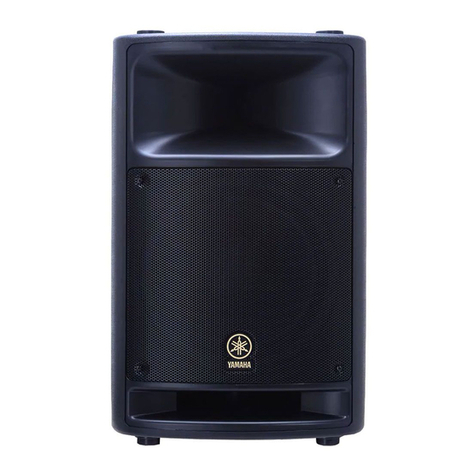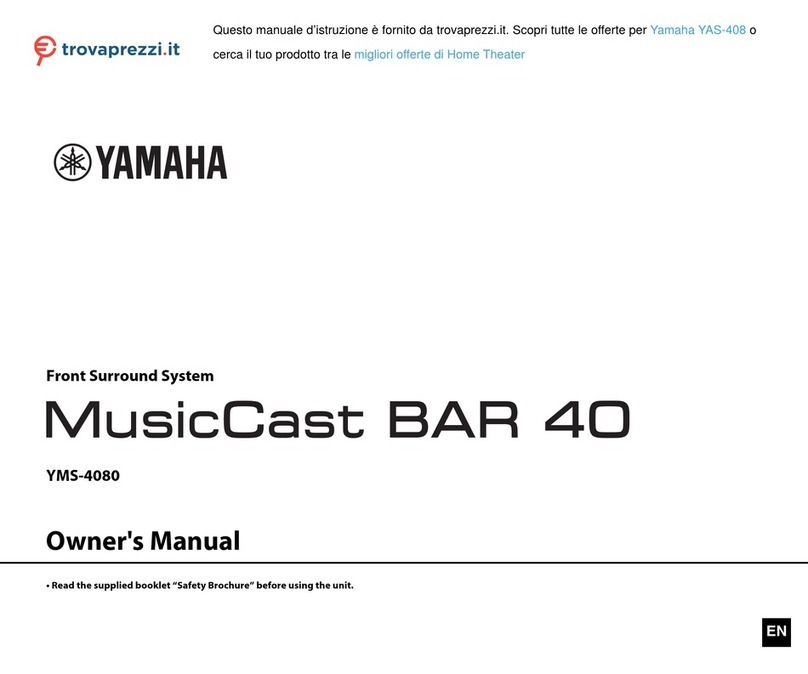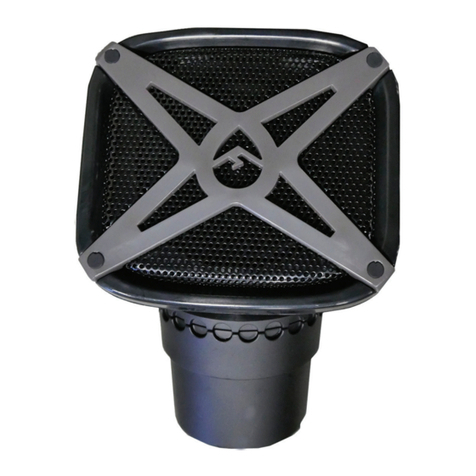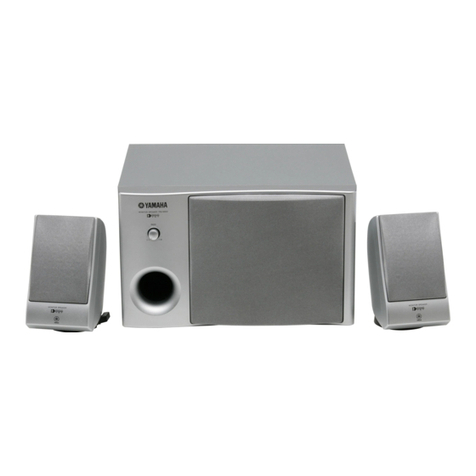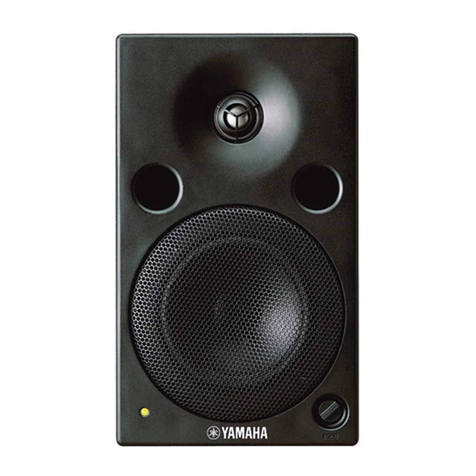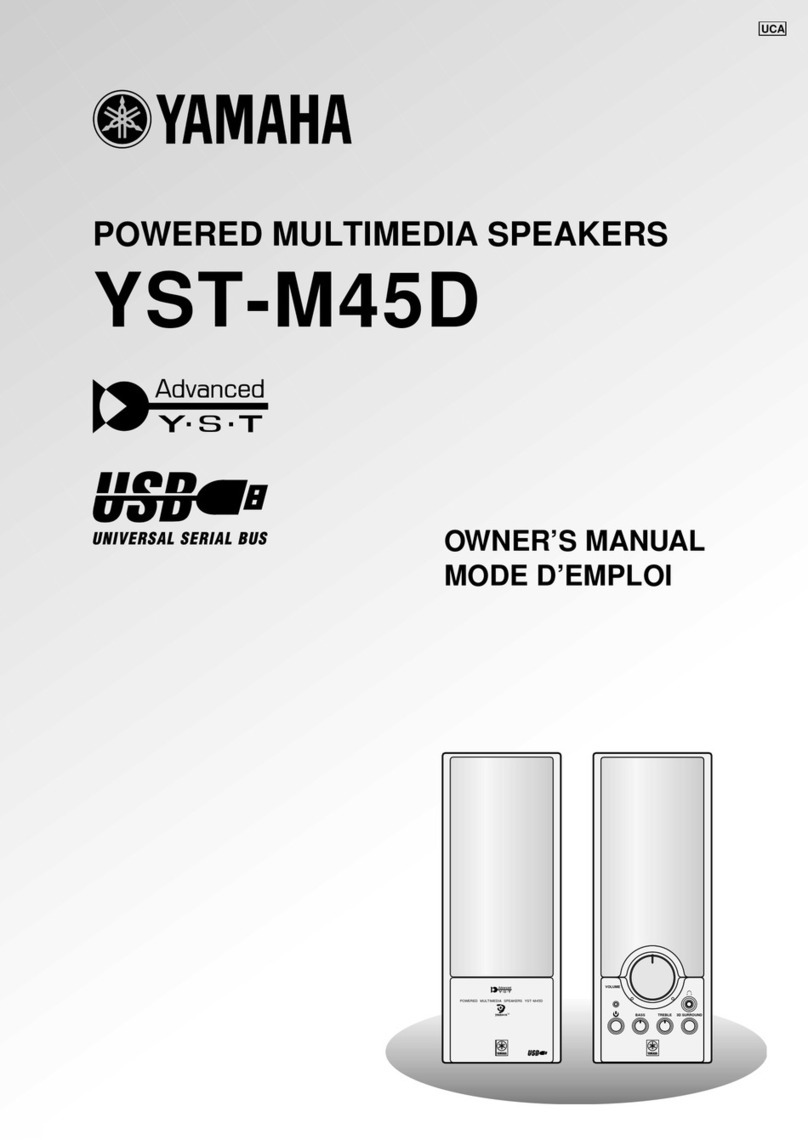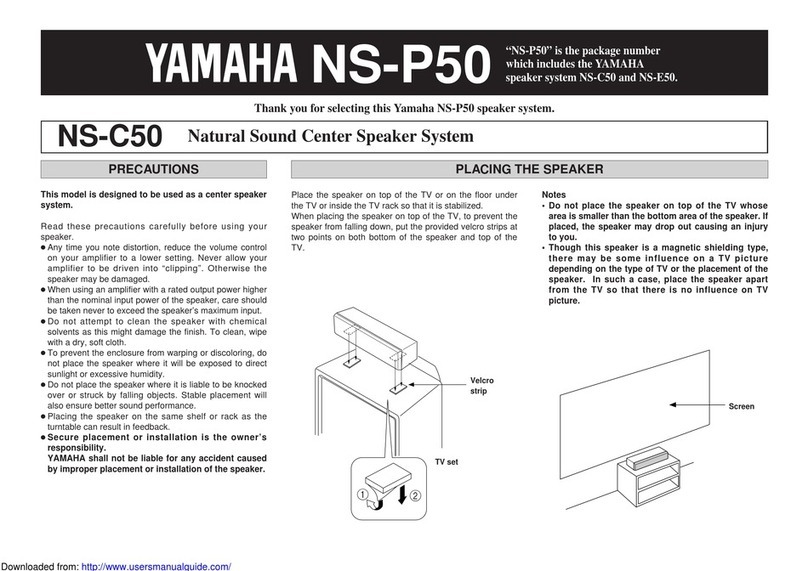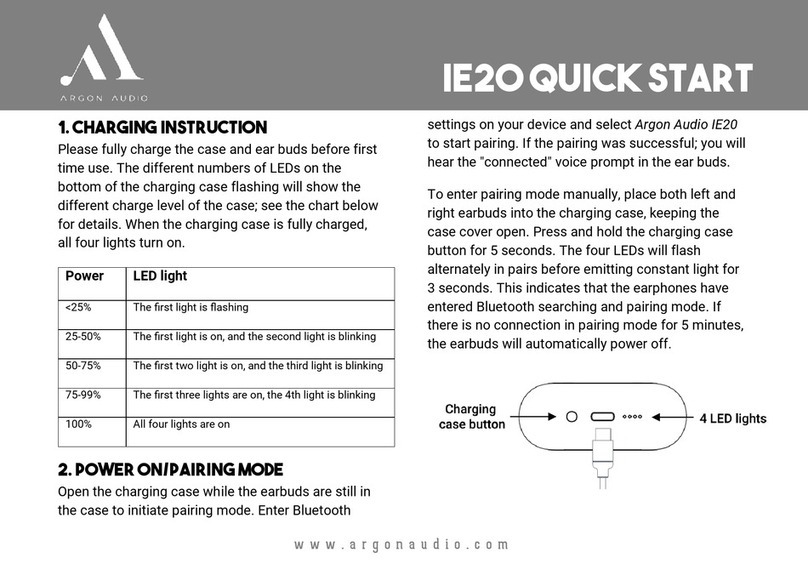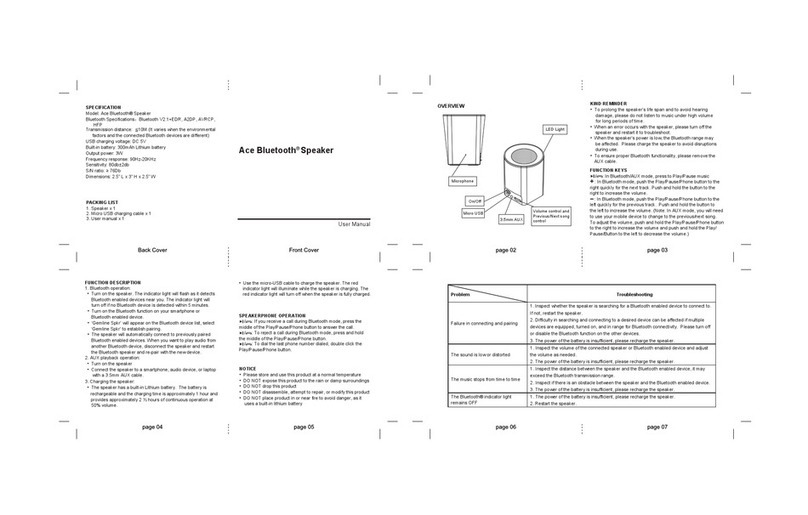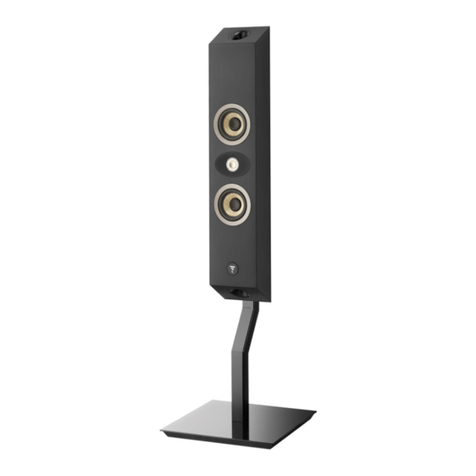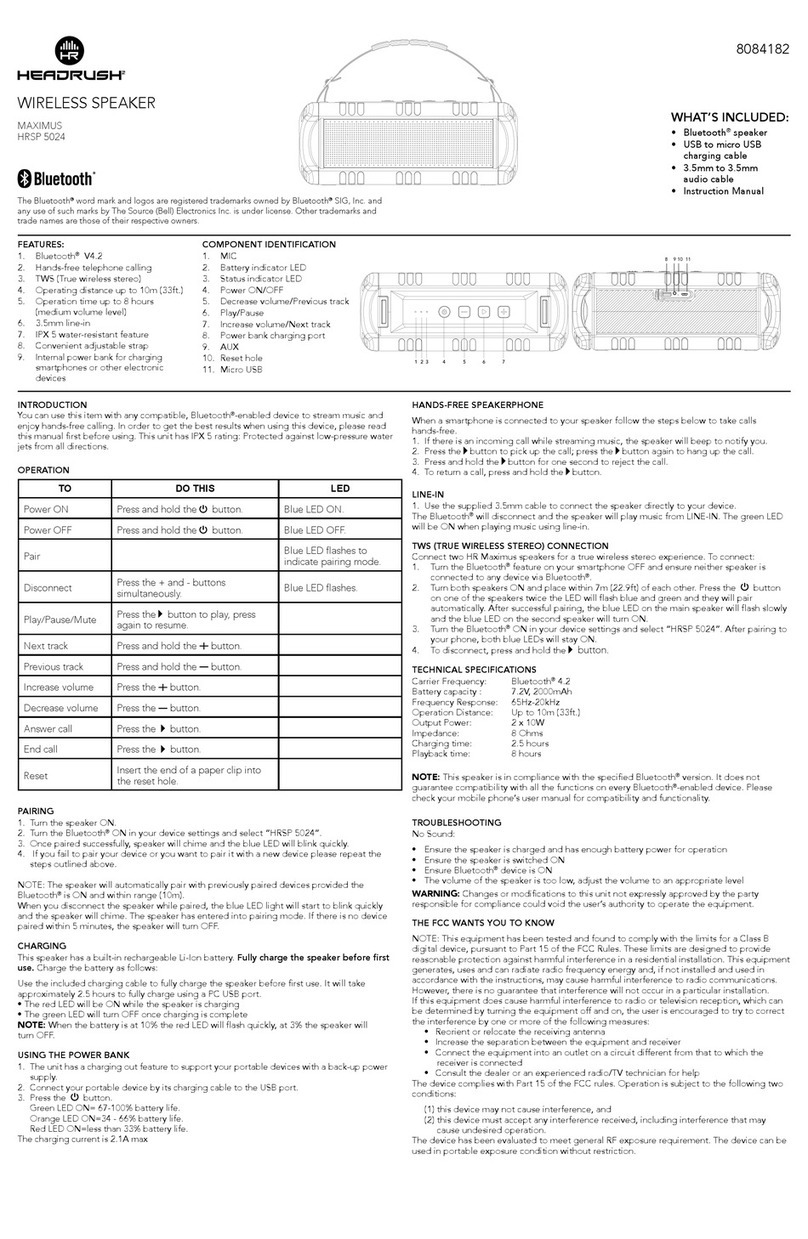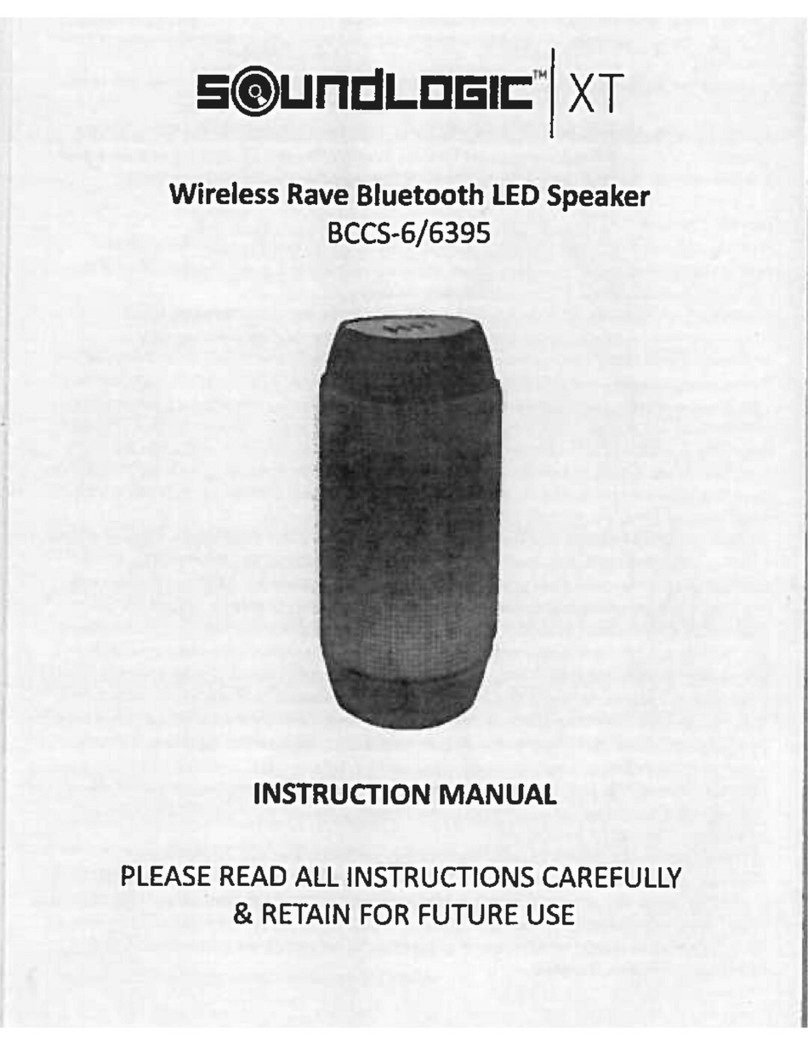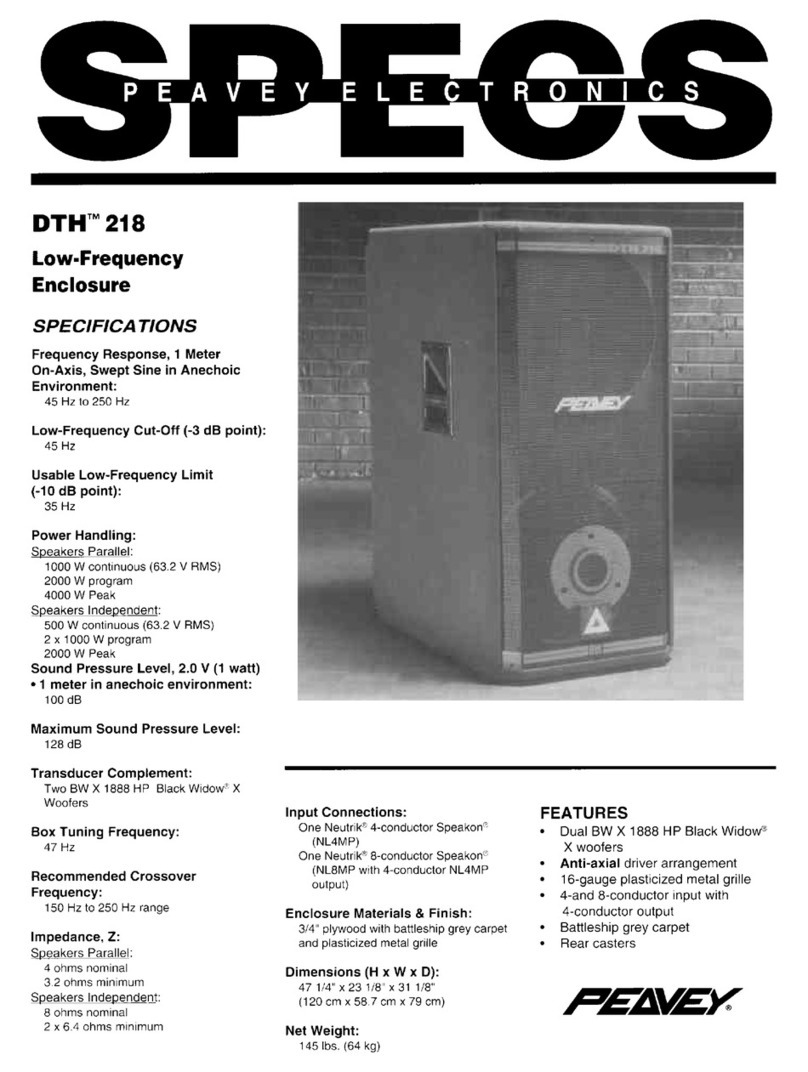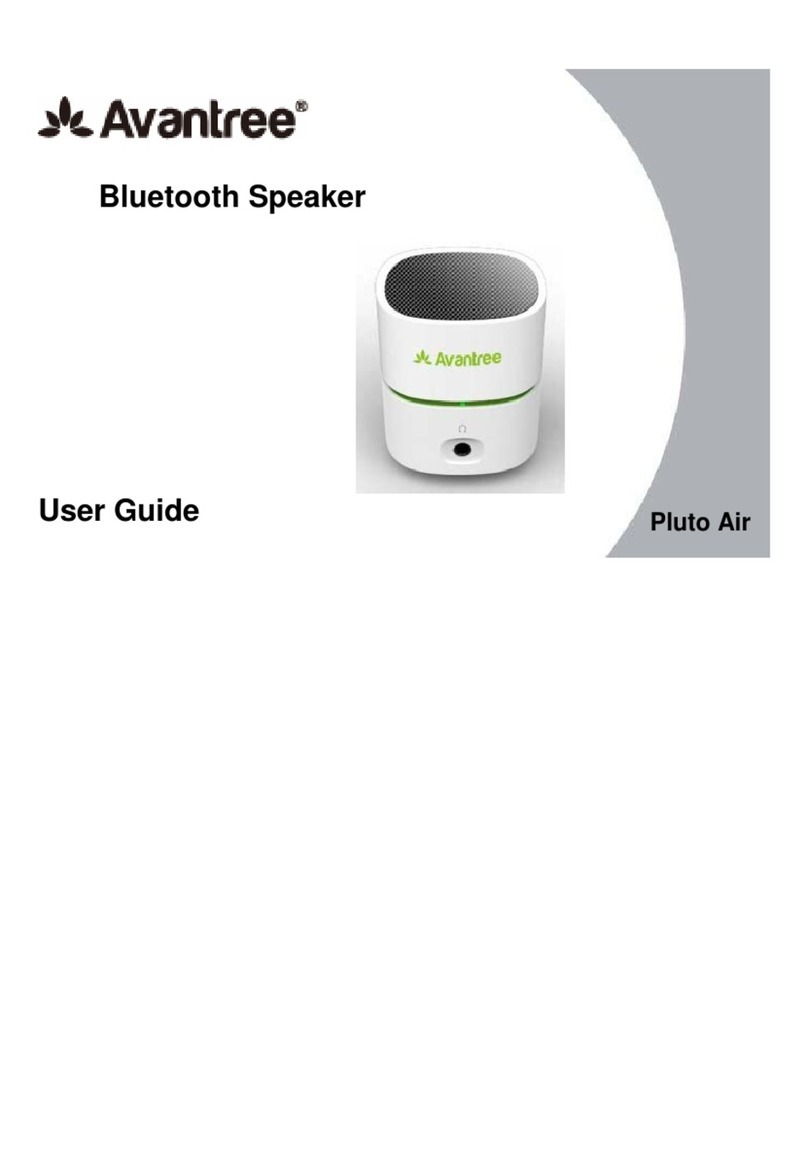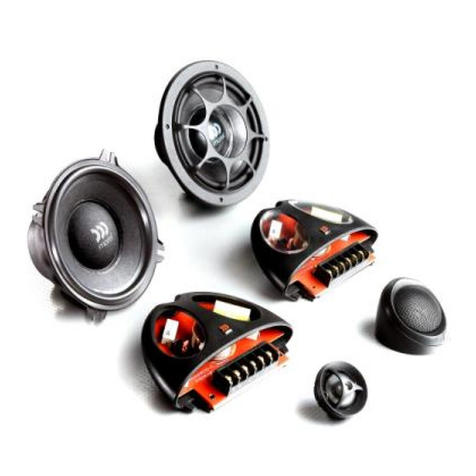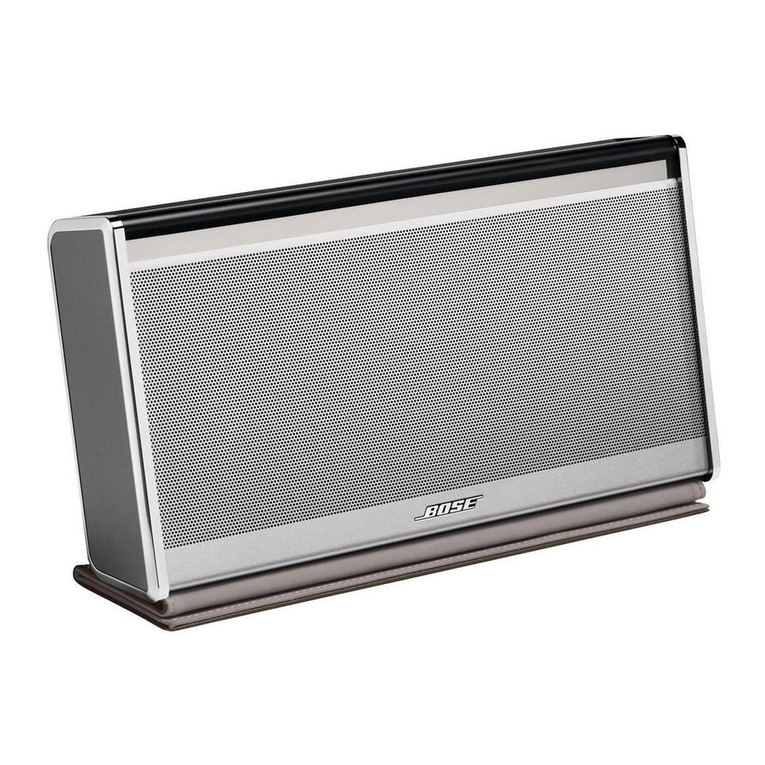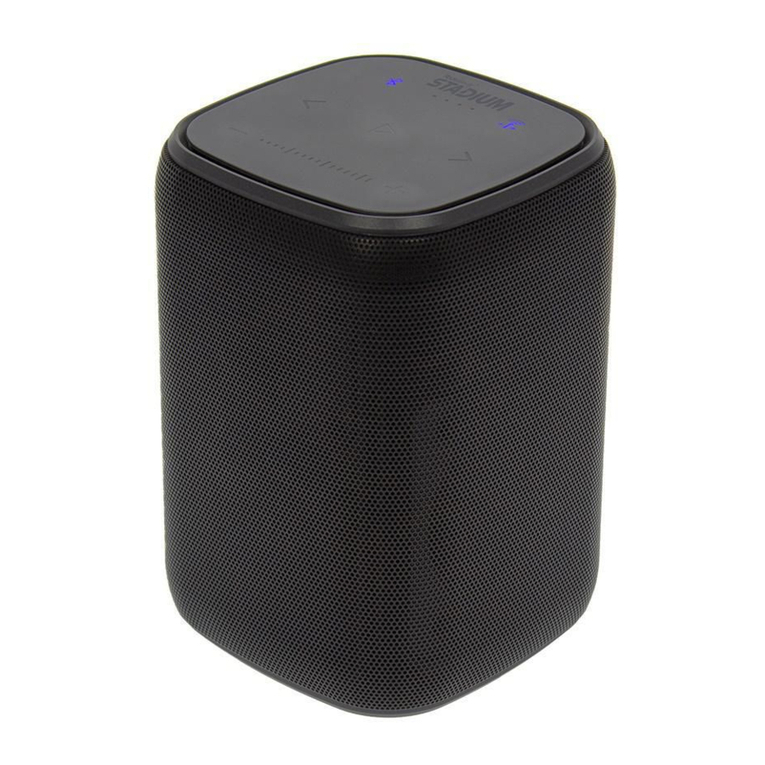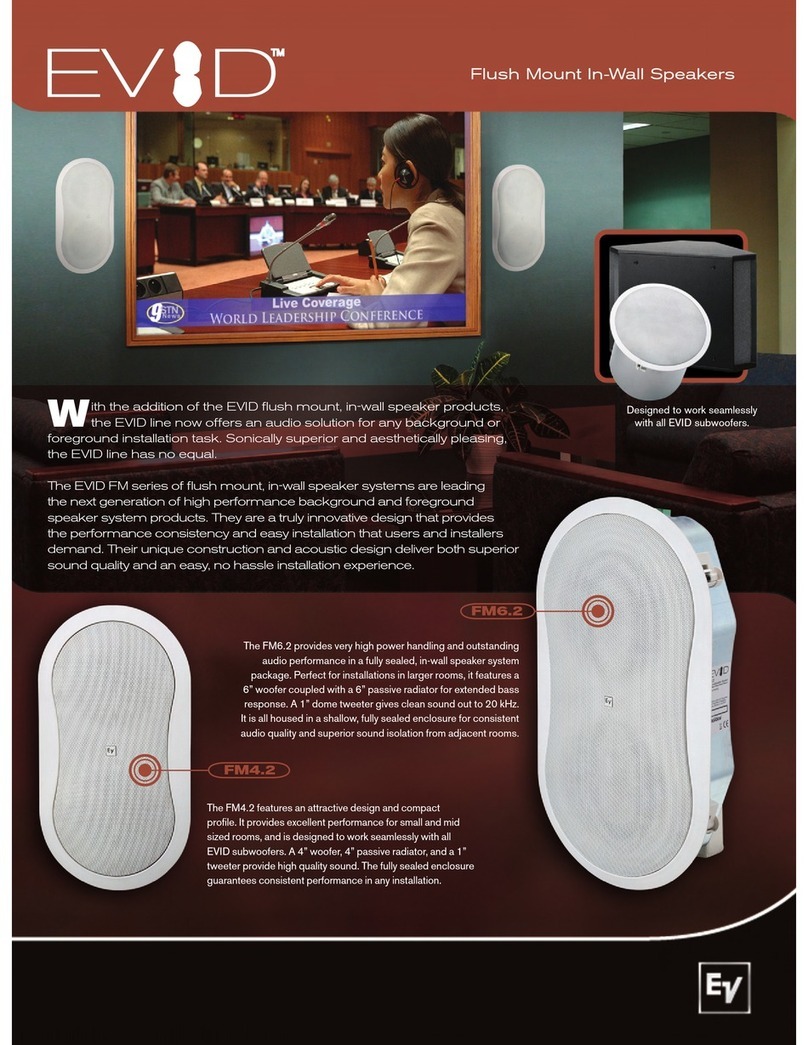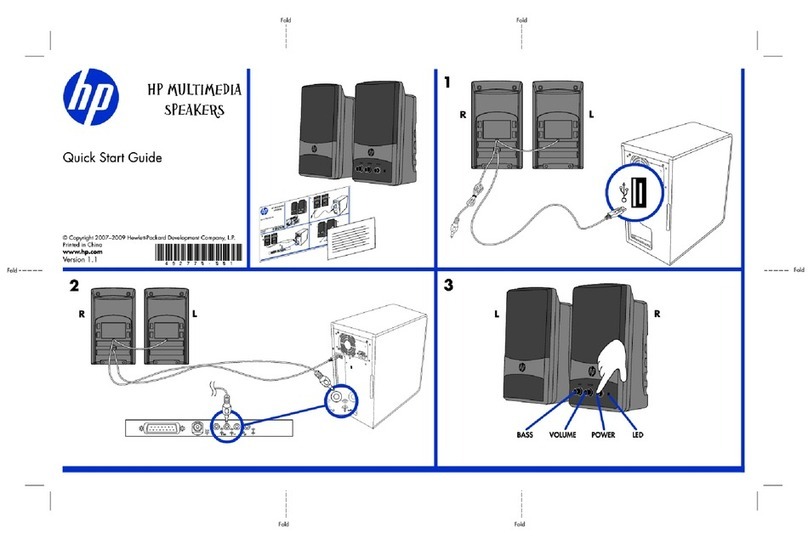
Read these precautions carefully before using your speaker.
●Any time you note distortion, reduce the volume control on your
amplifier to a lower setting. Never allow your amplifier to be
driven into “clipping”. Otherwise the speaker may be damaged.
●When using an amplifier with a rated output power higher than
the nominal input power of the speaker, care should be taken
never to exceed the speaker’s maximum input.
●Do not attempt to clean the speaker with chemical solvents as
this might damage the finish. To clean, wipe with a dry, soft cloth.
●To prevent the enclosure from warping or discoloring, do not
place the speaker where it will be exposed to direct sunlight or
excessive humidity.
●Do not place the speaker where it is liable to be knocked over or
struck by falling objects. Stable placement will also ensure better
sound performance.
●Placing the speaker on the same shelf or rack as the turntable
can result in feedback.
●When positioning the speaker, be sure to leave some space
between the speaker and the wall or other hard surface.
●Secure placement or installation is the owner’s responsibility.
YAMAHA shall not be liable for any accident caused by improper
placement or installation of the speaker.
NS-C300
GT
Speaker System
Thank you for selecting this YAMAHA NS-C300 speaker system.
PRECAUTIONS
PLACING THE SPEAKER
Place the center speaker on the floor under the TV or inside the TV
rack so that it is stabilized. The center speaker should be set in
alignment with the center of the TV screen.
The positioning of the center speaker is important, because it
controls the whole sound quality of a multi channel system. Set up
the center speaker on the basis of your listening position by
following the owner’s manual supplied with your amplifier.
Notes
●Do not place the center speaker on top of the TV. If placed,
the speaker may fall and possibly cause damage or personal
injury.
●Though this speaker is magnetically shielded, there may be
some influence on the TV picture depending on the type of
TV or the placement of the speaker. In such a case, place the
speaker away from the TV so that there is no influence on
the TV picture.
OWNER’S MANUAL
Type .......................... 2-way 3-speaker bass reflex speaker system
(Magnetically-shielded type)
Speaker Unit ...................................... 16 cm (6.5”) cone woofer x 2
3 cm (1”) dome tweeter
Nominal Impedance ............................................................. 6 ohms
Frequency Response ............................................... 45 Hz – 35 kHz
Nominal Input Power .............................................................. 140 W
Maximum Input Power ........................................................... 400 W
Sensitivity ................................................................ 91 dB/2.83 V/m
Crossover Frequency .............................................................. 3 kHz
Dimensions (WxHxD) ....................................... 540 x 212 x 290 mm
(21.3” x 8.3” x 11.4 ”)
Weight ................................................................. 12.4 kg (27.4 lbs.)
●Specifications subject to change without notice due to product
improvements.
●Care should be taken not to exceed the input power values
noted above.
SPECIFICATIONS
REMOVING THE FRONT COVER
The front cover is fastened to the enclosure at four points, and can
be removed if desired. To remove the cover, hold on to both sides
and slowly pull straight away from the speaker. To reattach, line up
the four pegs on the inside surface of the cover with the four
corresponding holes on the speaker and push gently.
Note
When the cover is removed, take care not to touch the speaker
units with your hands or to exert excessive force with tools.
Surround L
Surround R
Subwoofer
NS-C300
Main R
Main L
English
CONNECTIONS TO YOUR AMPLIFIER
Leave the short
bars in place
when connecting.
Short bar
–
<Bi-Wiring Connections>
<Standard Connections>
Center speaker
Amplifier or
Receiver
+
–
This speaker system is capable of standard connections and bi-wiring connections. Before making connections, make sure that
the amplifier is switched off.
Center speaker
+
Remove the short
bars before
connecting.
■Connections
●Connect the screw-type input terminals at the rear of the speaker
to the speaker output terminals of your amplifier with the speaker
cables.
●Connect the (+) terminals on both the amplifier and the speaker
using one side of the cable. Connect the (–) terminals on both
components using the other side of the cable.
●Connect the speaker to the center terminals of your amplifier,
making sure not to reverse the polarity (+, –). If this speaker is
connected with reversed polarity, the sound will be unnatural and
lack bass.
Procedure:
➀Loosen the terminal knob.
➁Remove approx. 10 mm (3/8”) insulation from the speaker
cable and insert the bare wire end properly into the terminal
hole.
➂Tighten the knob.
➃Test the security of the connections by tugging lightly on the
cable at the terminal.
Note
Do not let the bare speaker wires touch each other as this
could damage the speaker and/or the amplifier.
Bi-Wiring Connections
This speaker system is capable of bi-wiring connections. To
connect the speaker to the output terminals of the amplifier, two
pairs of cables for each of woofer and tweeter are used instead of
standard connections. This type of connection decreases the
modulation distortion caused by electric resistance of the cables
and driving current of the speakers. Consequently, purer sound
quality can be expected.
To utilize bi-wiring connections, remove the short bars from the
terminals first, and then connect the woofer and tweeter to the
amplifier separately using two pairs of cables.
Note
For bi-wiring connections, use the same type of cable for both
the woofer and tweeter, making sure to match the polarity.
Loosen
Tighten
Amplifier or
Receiver
Woofer terminals
Tweeter terminals
V404310
Printed in Malaysia
Downloaded from: http://www.usersmanualguide.com/
